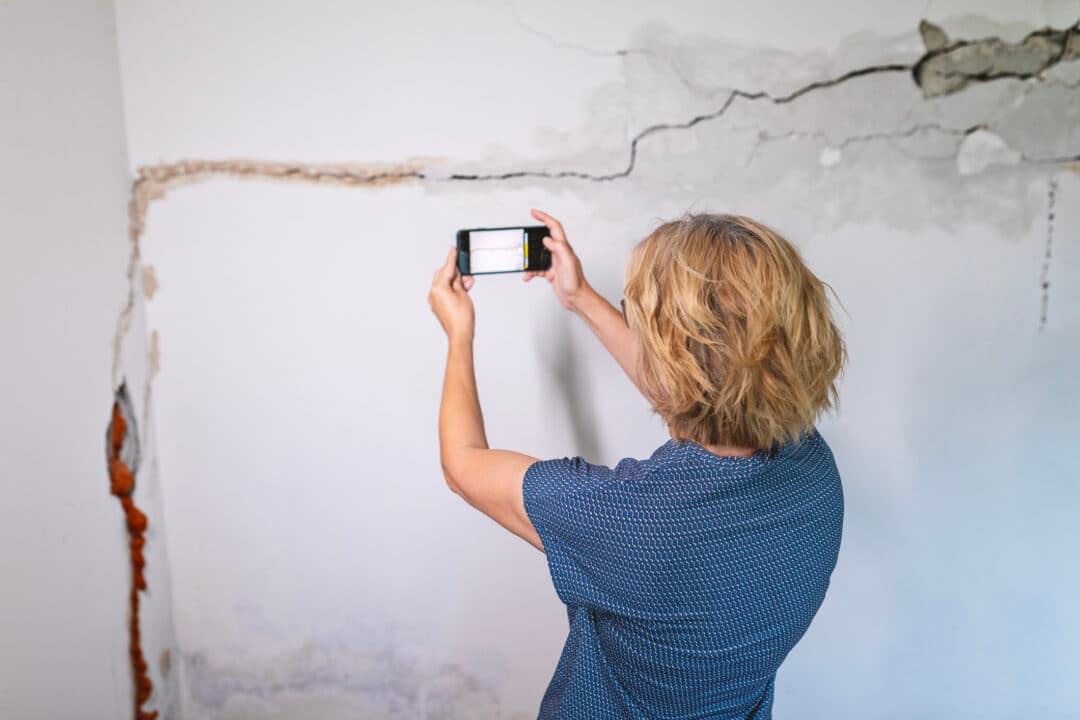Why Now Is the Perfect Time for Mid-Term Property Checks

Why Now Is the Perfect Time for Mid-Term Property Checks
The relative quiet of summer is over, with long sunny days and calm nights a distant memory. Autumn is firmly in charge, and the meteorological start of winter is just weeks away on 1st December.
You might be wondering what the time of year has to do with rental inspections. Well, according to the National Residential Landlords Association (NRLA), it’s wise for landlords, or their property manager, to carry out a property inspection just before winter starts. The reason is simple: there are far more hazards that could damage a property in late autumn, and winter compared to spring and summer.
Uncover early warning signs
Inspecting a buy-to-let in the coming weeks provides two layers of security for landlords. Firstly, an inspection can pick up any small niggles that left untreated over winter, could turn into major issues. For example, missing or cracked roof tiles, blocked gutters and drains, and rotten fence panels can all result in further damage during wet, windy weather.
Even a tap that’s dripping slowly can turn into a major leak or flood, especially if a tenant is absent for an extended period over Christmas and the temperature drops below zero. Inspecting the condition of any trees within the boundary of the buy-to-let is also wise, with Total Landlord settling a claim for more than £93,000 when a fir tree fell onto a property resulting in substantial damage.
Build a bank of evidence
Secondly, a rental inspection officially records the condition of fixtures, fittings and furniture, both inside and outside of the property, using time and date stamped photographs and videos. An inspection also allows landlords to track fair wear and tear between check in and check out. Knowing the state of items just ahead of winter can be of critical importance should there be seasonal damage and a subsequent deposit dispute.
For example, the NRLA detailed a dispute between a tenant and landlord over damage to garden items, including a broken shed window. While the tenant suggested the damage was down to a storm, the resolution service found in the landlord’s favour by using photographic evidence.
Images taken during a prior inspection proved the window was in good repair. The photographs taken at check out clearly showed the damage was from a large object and not storm damage – an observation backed up by the contractor used to fix the glass.
Prepare for deposit disputes
If you’re wondering just how important written, photographic and video evidence is, the latest data from the Tenancy Deposit Scheme revealed cleaning was the leading cause of tenancy deposit disputes, making up 54% of all cases in 2024/25. This was followed by property damage (49%), redecoration (31%) and gardening (14%). It may surprise you to know only 10% of disputes were down to rent arrears, with most contention around who damaged what and when, with third-party proof almost always the deciding factor.
Reports that document key details
Monitoring the condition of a rental property is something a Viewber can do on your behalf. We can inspect any UK property at any point in its tenancy lifecycle, although our mid-term inspections are our most popular. Our Viewbers are available days, evenings and weekends, increasing the chances of syncing with a tenants’ schedule. If the property is vacant, a Viewber can pick up/drop off keys to a predetermined location or use a key safe.
When you book a Viewber to perform an inspection, they will:
- Make written observations, noting areas of concern
- Take photographs to visually document a property’s condition
- Perform a video walkthrough that’s either recorded or streamed with the person who ordered the inspection watching live
- Look for signs of damp, mould or excessive condensation
- Note if wet laundry is drying inside, and whether the tenant is adequately ventilating the property
- Check for signs of blocked gutters and drains
- Check for any storm damage or signs of internal leaks
- Undertake compliance checks, noting for signs of pets, smoking, illegal activity, subletting or people living at the property who are in addition to the those listed on the tenancy agreement
- Complete safety checks, including basic testing of smoke alarms and carbon monoxide detectors
- Perform additional tasks, such as the removal of junk mail and meter readings, if requested
Post-storm inspections
If there have been reports of damage and/or flooding to a property you own but don’t live close to, a Viewber can visit on your behalf. Their inspection report or live-streamed video appointment will help landlords and property managers qualify issues, prioritise tasks and document damage in an impartial way.
Vacant property inspections
Inspections are vitally important for vacant properties during the winter months. Left unchecked, burst pipes can flood a property, missing fence panels or broken windows can provide unauthorised access and holes in brickwork can allow rodents to sneak in for shelter. Plus, regular inspections are usually required to ensure a vacant property insurance policy is valid, so do check the small print.
It’s easy to set up a Viewber account and order your first property inspection. There is no minimum order requirement and no contract to sign. Order 1 or 100 property inspections from Viewber this winter – the scale-able, fixed cost solution to property visits. Find out more here >>



